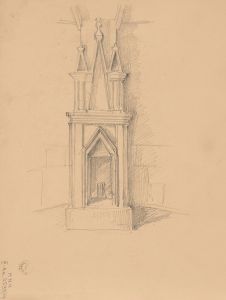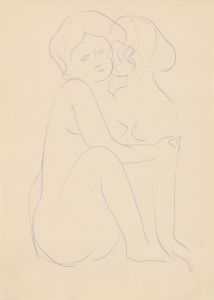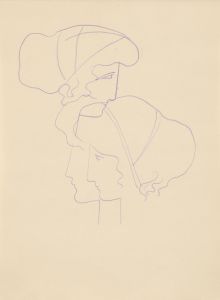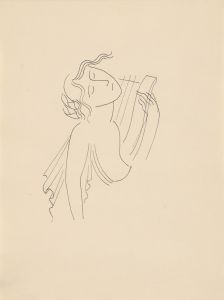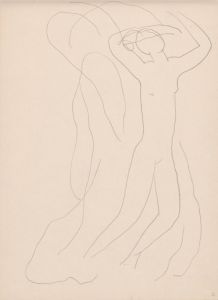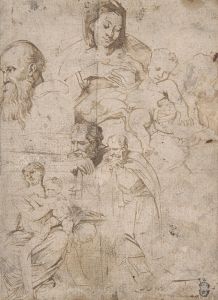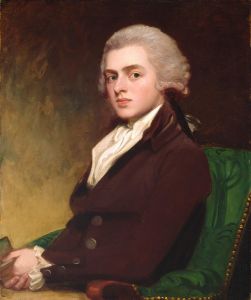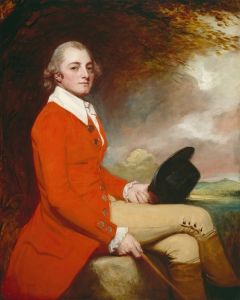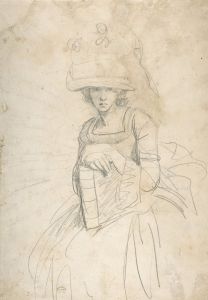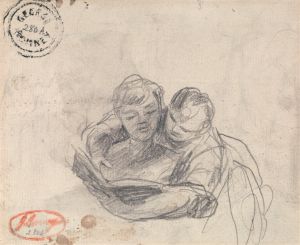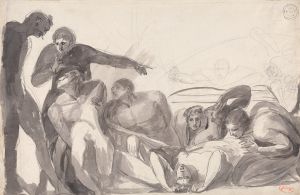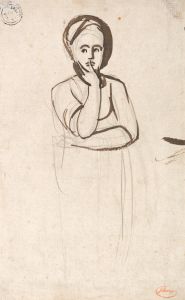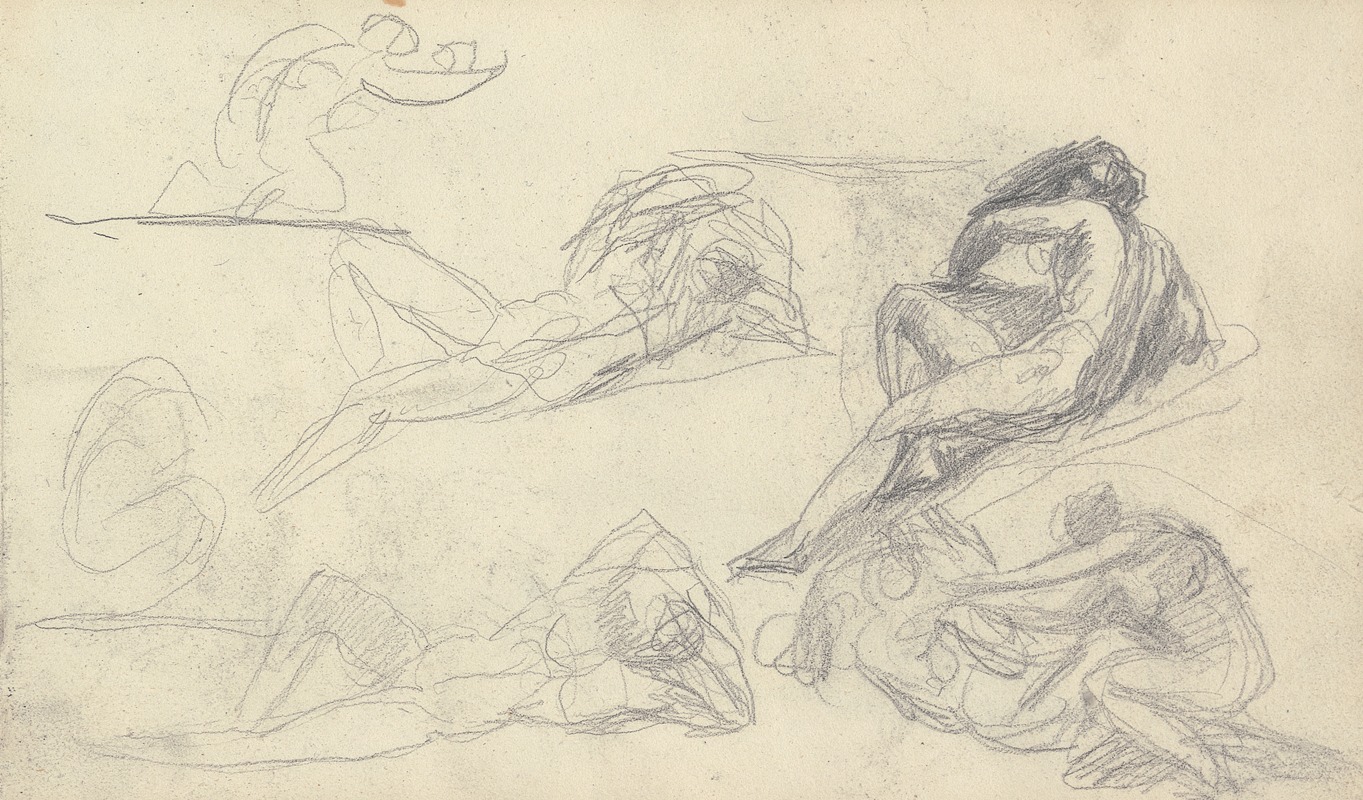
Sketchbook Drawing
A hand-painted replica of George Romney’s masterpiece Sketchbook Drawing, meticulously crafted by professional artists to capture the true essence of the original. Each piece is created with museum-quality canvas and rare mineral pigments, carefully painted by experienced artists with delicate brushstrokes and rich, layered colors to perfectly recreate the texture of the original artwork. Unlike machine-printed reproductions, this hand-painted version brings the painting to life, infused with the artist’s emotions and skill in every stroke. Whether for personal collection or home decoration, it instantly elevates the artistic atmosphere of any space.
George Romney (1734–1802) was a renowned English portrait painter, known for his works during the late 18th century. Among his various artistic endeavors, his sketchbooks hold significant value, providing insight into his creative process and the development of his compositions. One such notable work is "Sketchbook Drawing by George Romney."
Romney's sketchbooks are a collection of preliminary drawings and studies that he used to plan his larger works. These sketchbooks are invaluable for understanding his artistic techniques and the evolution of his ideas. The sketches often include rough outlines, detailed studies of figures, and compositional experiments. They reveal Romney's meticulous approach to capturing the human form and his keen interest in classical themes and contemporary subjects.
"Sketchbook Drawing by George Romney" typically features a variety of subjects, ranging from portraits to mythological scenes. Romney's sketches are characterized by their fluid lines and dynamic compositions. He often used these drawings to experiment with different poses and arrangements before committing to a final painting. This process allowed him to refine his ideas and achieve a greater sense of realism and expression in his finished works.
Romney's sketchbooks also provide a glimpse into his influences and inspirations. He was deeply influenced by the works of the Old Masters, particularly the Italian Renaissance artists. His sketches often reflect his admiration for artists such as Raphael and Michelangelo, evident in his use of classical proportions and idealized forms. Additionally, Romney was inspired by contemporary literature and theater, which is reflected in the dramatic and narrative quality of his sketches.
The sketchbooks are not only important for understanding Romney's artistic process but also for their historical significance. They offer a window into the artistic practices of the 18th century and the broader cultural context in which Romney worked. The sketches reveal the artist's engagement with the intellectual and artistic currents of his time, including the neoclassical movement and the burgeoning interest in Romanticism.
Romney's sketchbooks have been preserved in various collections, including museums and private archives. They continue to be studied by art historians and scholars, who seek to uncover more about Romney's techniques and the development of his oeuvre. These sketchbooks are a testament to Romney's skill as a draftsman and his dedication to his craft.
In conclusion, "Sketchbook Drawing by George Romney" represents an essential aspect of the artist's work, providing valuable insights into his creative process and artistic influences. Through these sketches, we gain a deeper appreciation for Romney's contributions to the art world and his enduring legacy as one of England's prominent portrait painters.





